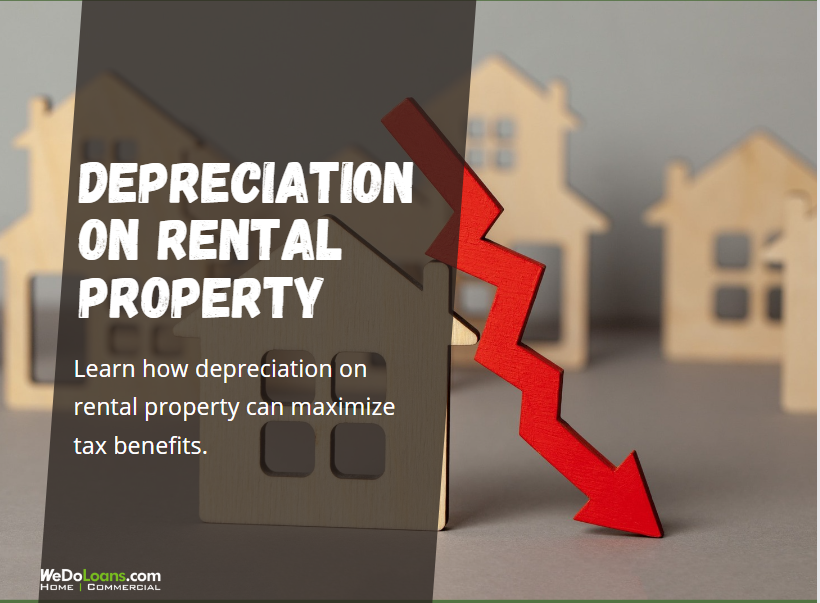
Depreciation plays a crucial role in the financial assessment of rental properties. Recognized by the IRS, depreciation not only impacts the calculation of expenses and returns but also offers a tax benefit. Here, we break down the steps for calculating depreciation for both residential and commercial rental properties.
What is Depreciation in Rental Properties?
Depreciation represents the reduction in value of tangible assets over time. This financial concept accounts for the wear and tear that assets experience, necessitating maintenance or resulting in value depreciation.
How Depreciation of Rental Properties Functions
Depreciation allows investors to decrease their taxable income by lowering their tax liability. The IRS permits depreciation deductions from rental income, which can significantly impact an investor’s financial outcomes.
For residential properties, the IRS mandates spreading the cost of the building and improvements across a useful life of 27.5 years. For commercial properties, this period extends to 39 years. It’s important to note that depreciation is a deductible expense rather than a direct tax credit; it reduces taxable income rather than directly cutting the tax bill.
Notably, land cannot be depreciated as it often appreciates in value, and IRS regulations reflect this by prohibiting land depreciation even in a declining market.
Calculating Depreciation on Rental Properties
To calculate depreciation, follow these two steps:
- Determine the Cost Basis: Exclude the land’s value from the property’s purchase price to establish the cost basis. Include closing costs and any paid improvements to adjust this basis annually.
- Compute Annual Depreciation: Divide the adjusted cost basis by 39 years for commercial properties, or 27.5 years for residential properties. In the first year, prorate the basis depending on the property’s acquisition date.
Example Calculation
For a commercial property bought at $1 million with a land valuation of $300,000 and additional costs of $200,000 (closing and improvements), the cost basis becomes $900,000. The annual depreciation would then be calculated as follows:
Annual Depreciation = $900,000 / 39 = $23,077
For a residential property purchased at $200,000 with $40,000 in land value and closing costs, without improvements:
Cost Basis = $200,000 – $25,000 + $15,000 = $190,000
Annual Depreciation = $190,000 / 27.5 = $6,909
IRS Requirements for Depreciating Rental Properties
The IRS stipulates several requirements:
- Property Classification: Must be a rental used for business or income generation with a determinable useful life.
- Depreciation Start Date: Begins when the property is serviceable for rental, not at purchase.
- Form 4562: Used for reporting depreciation on tax filings.
- Improvements vs. Repairs: Only improvements that enhance value or extend usability are depreciable; routine maintenance is not.
Depreciation Recapture on Sale
Upon the sale of a rental property, previously claimed depreciation is recaptured and taxed as part of the proceeds at rates up to 25%. However, using a 1031 exchange, both depreciation recapture and capital gains taxes can be deferred.
Conclusion
Understanding how to effectively calculate and utilize depreciation is vital for maximizing the returns from rental properties. This knowledge ensures better financial planning and compliance with tax obligations, enhancing the overall investment strategy.
